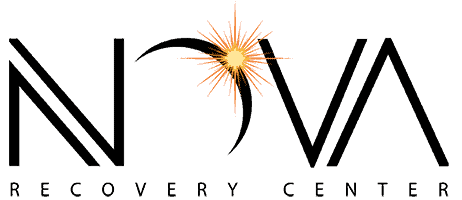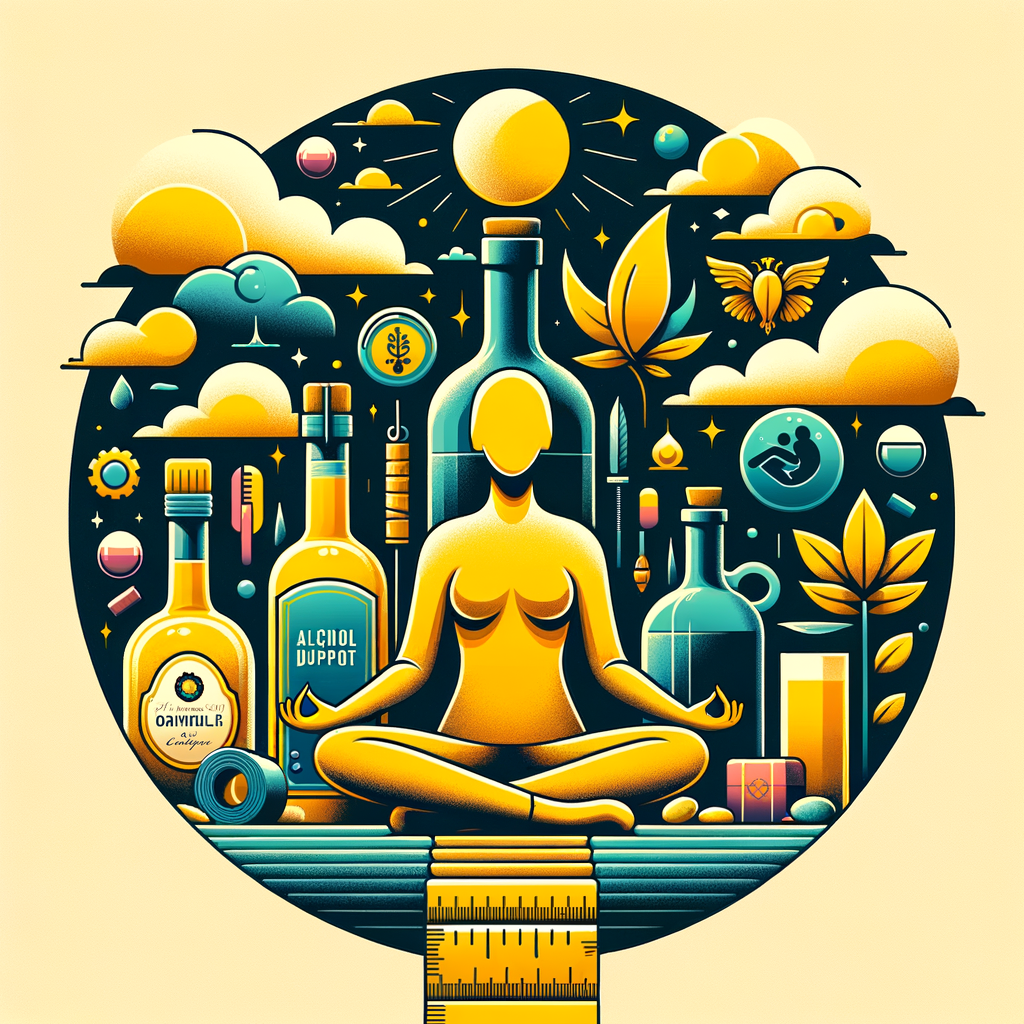Last Updated on August 14, 2025
How to Manage Alcohol Cravings and Find Long-Term Freedom from Addiction
Understanding and Overcoming Alcohol Cravings: A Guide to Recovery
Alcohol cravings can feel like a strong wave pulling you toward a drink — especially when you’re trying to quit or cut back. For many people in recovery, managing these intense urges is one of the biggest challenges to staying sober. At Nova Recovery Center, we know how difficult alcohol cravings can be and we’re here to provide the tools and support you need to overcome them.
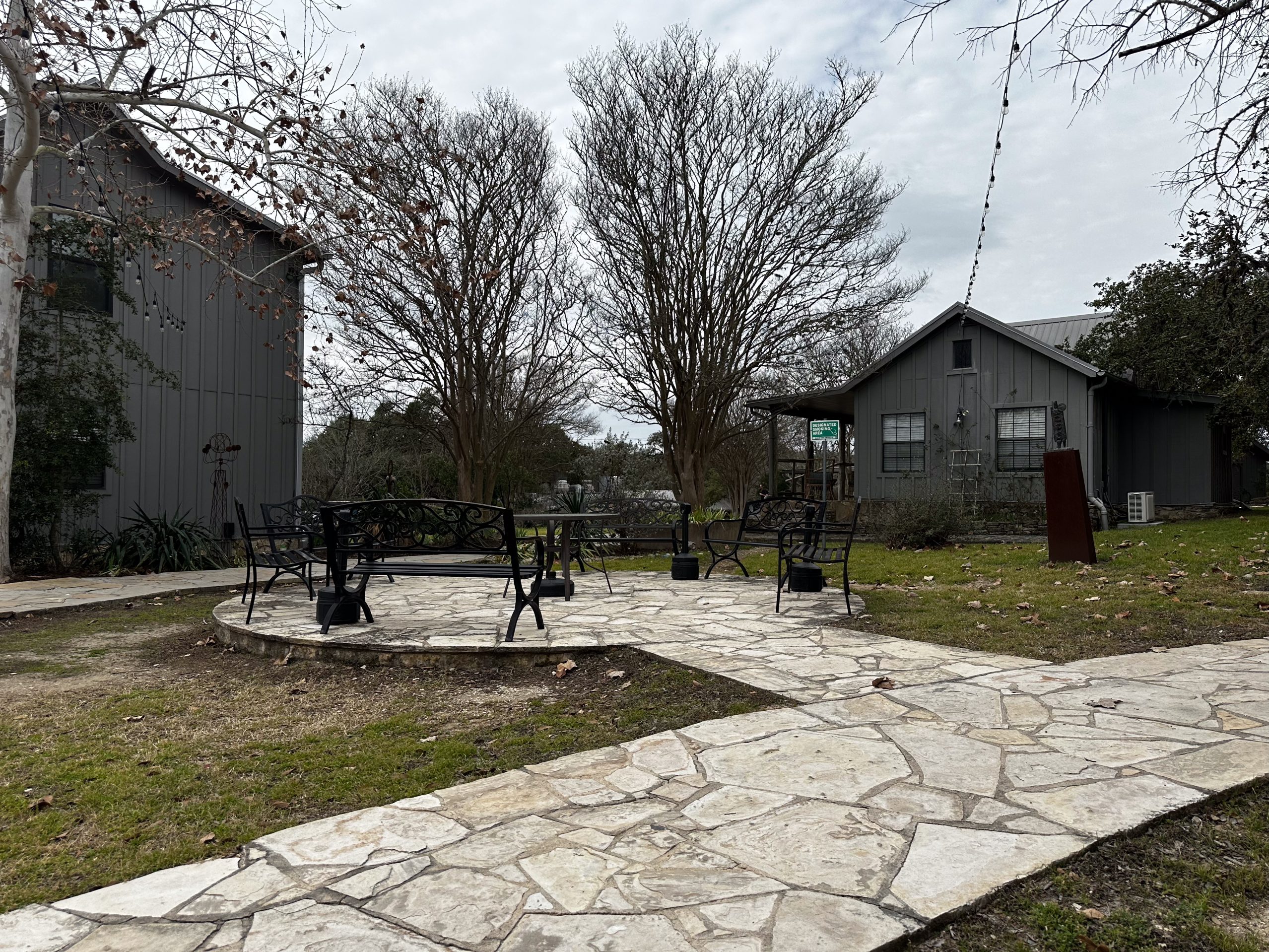
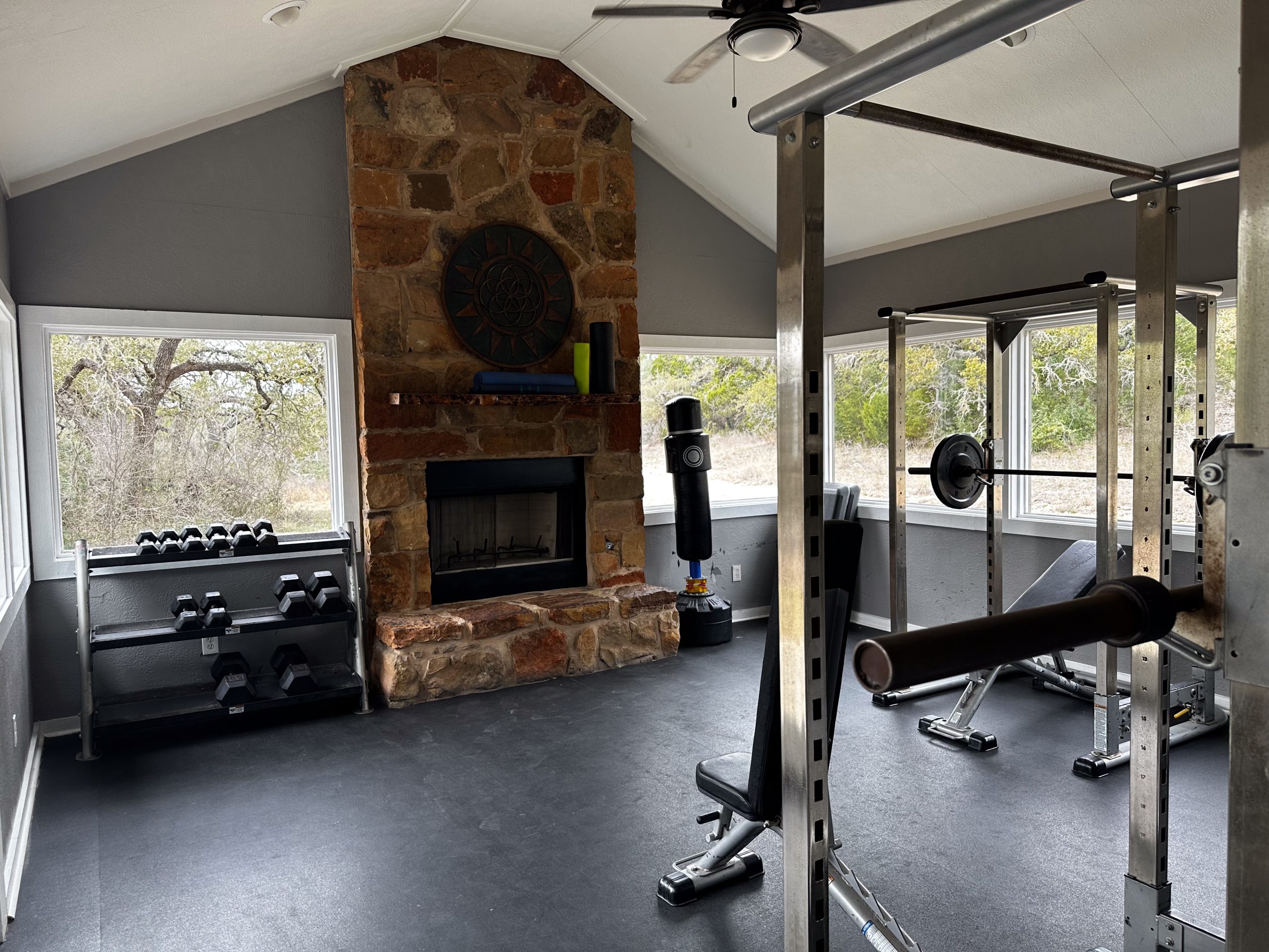
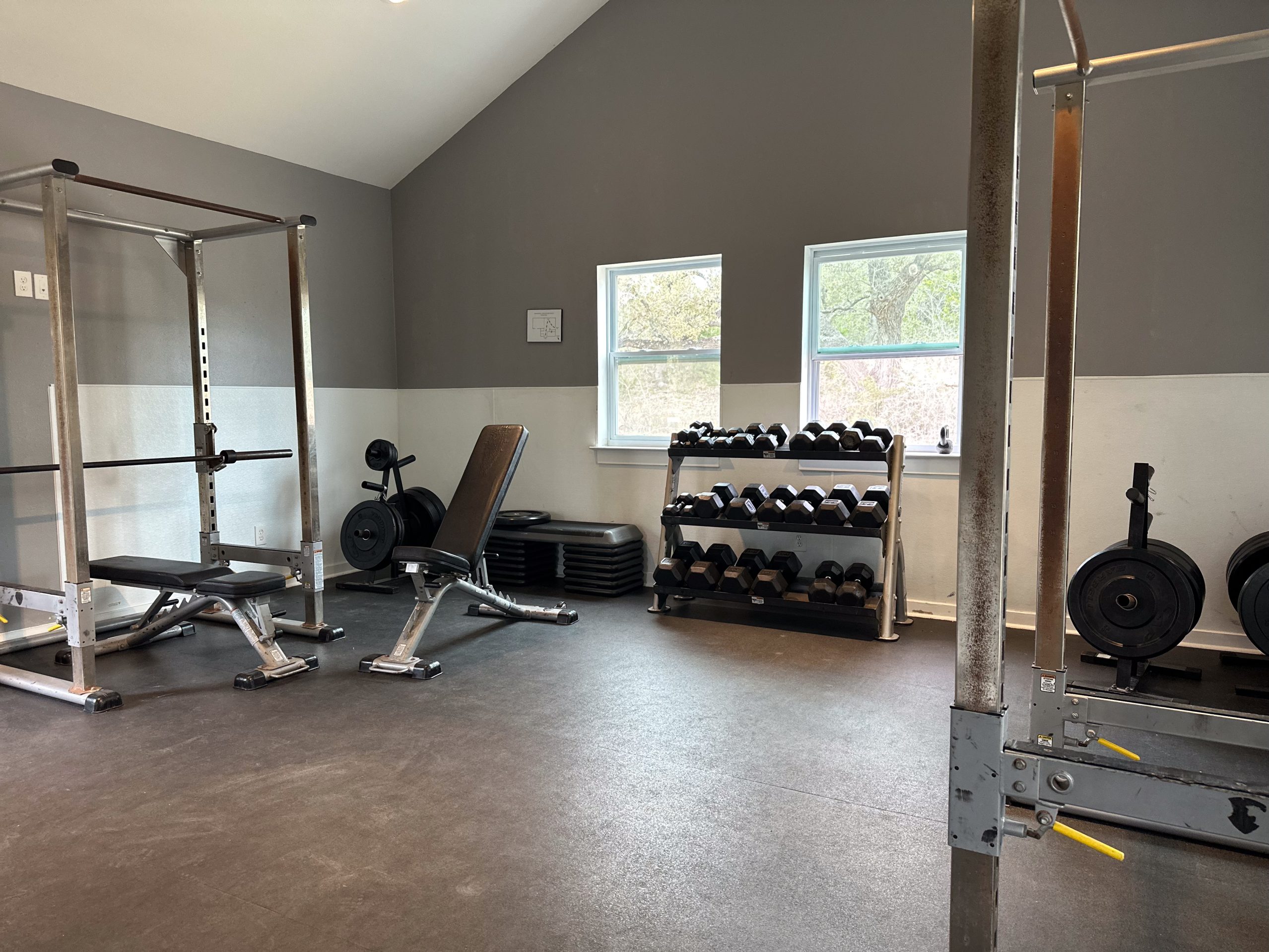
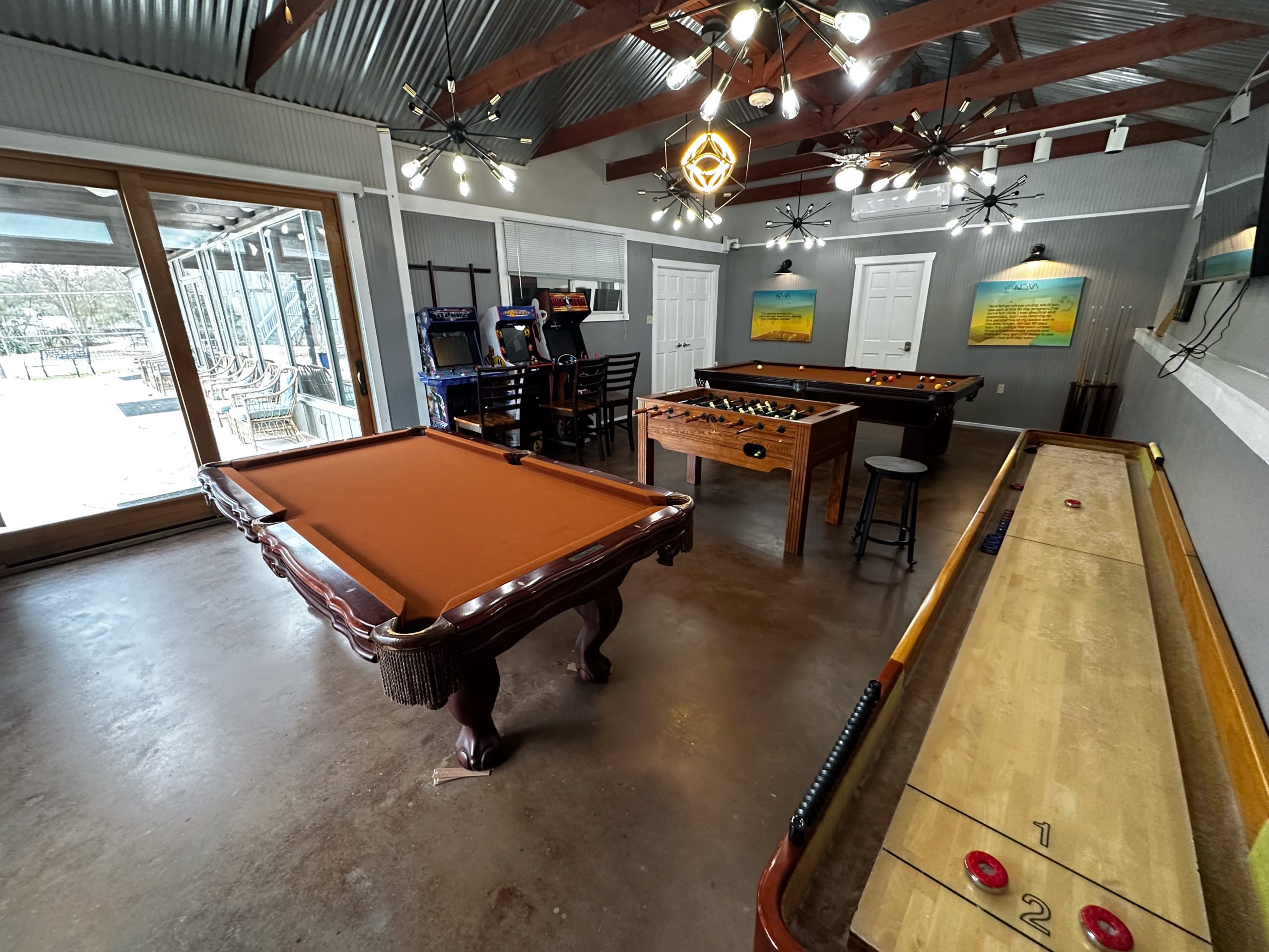
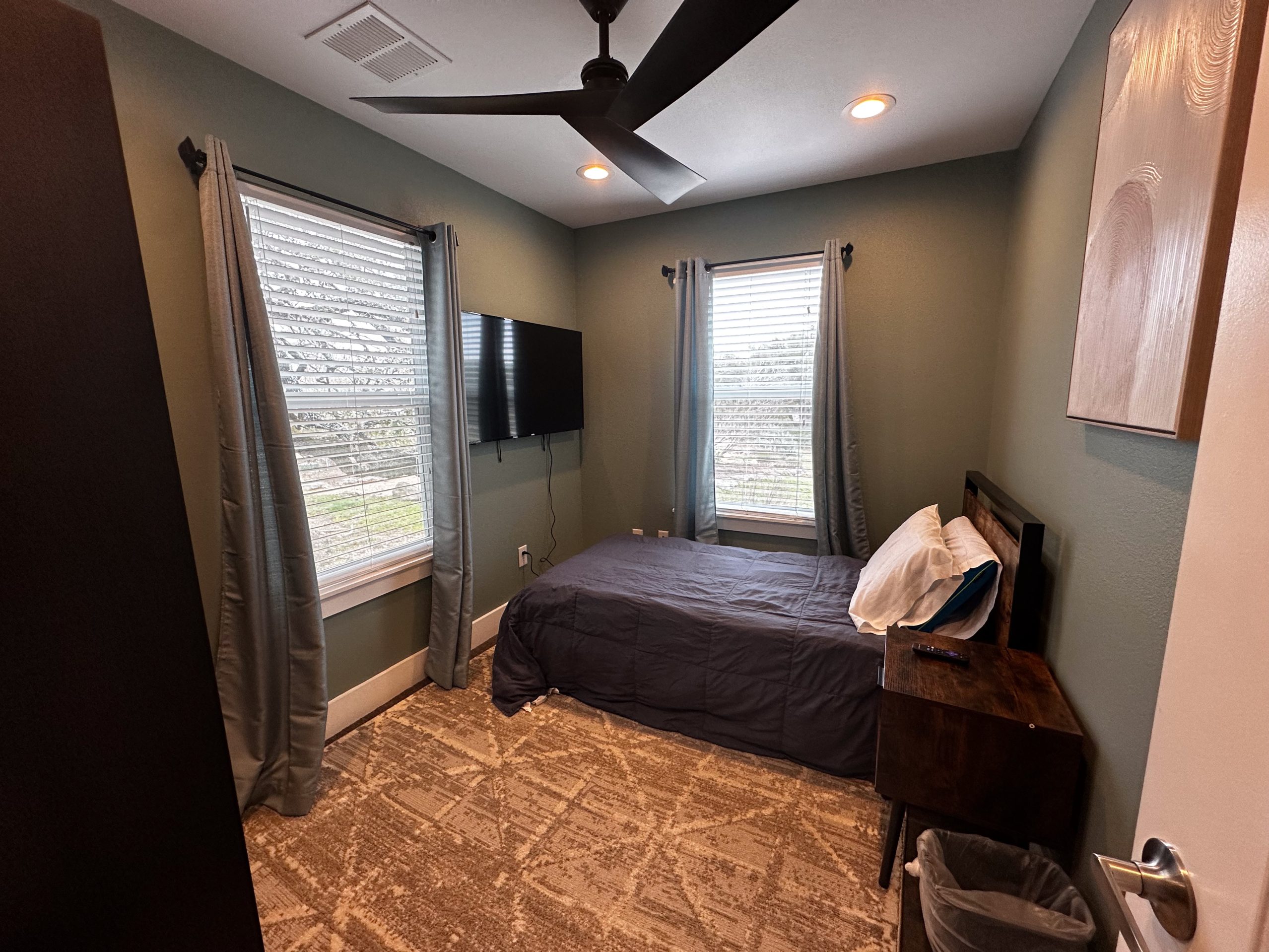

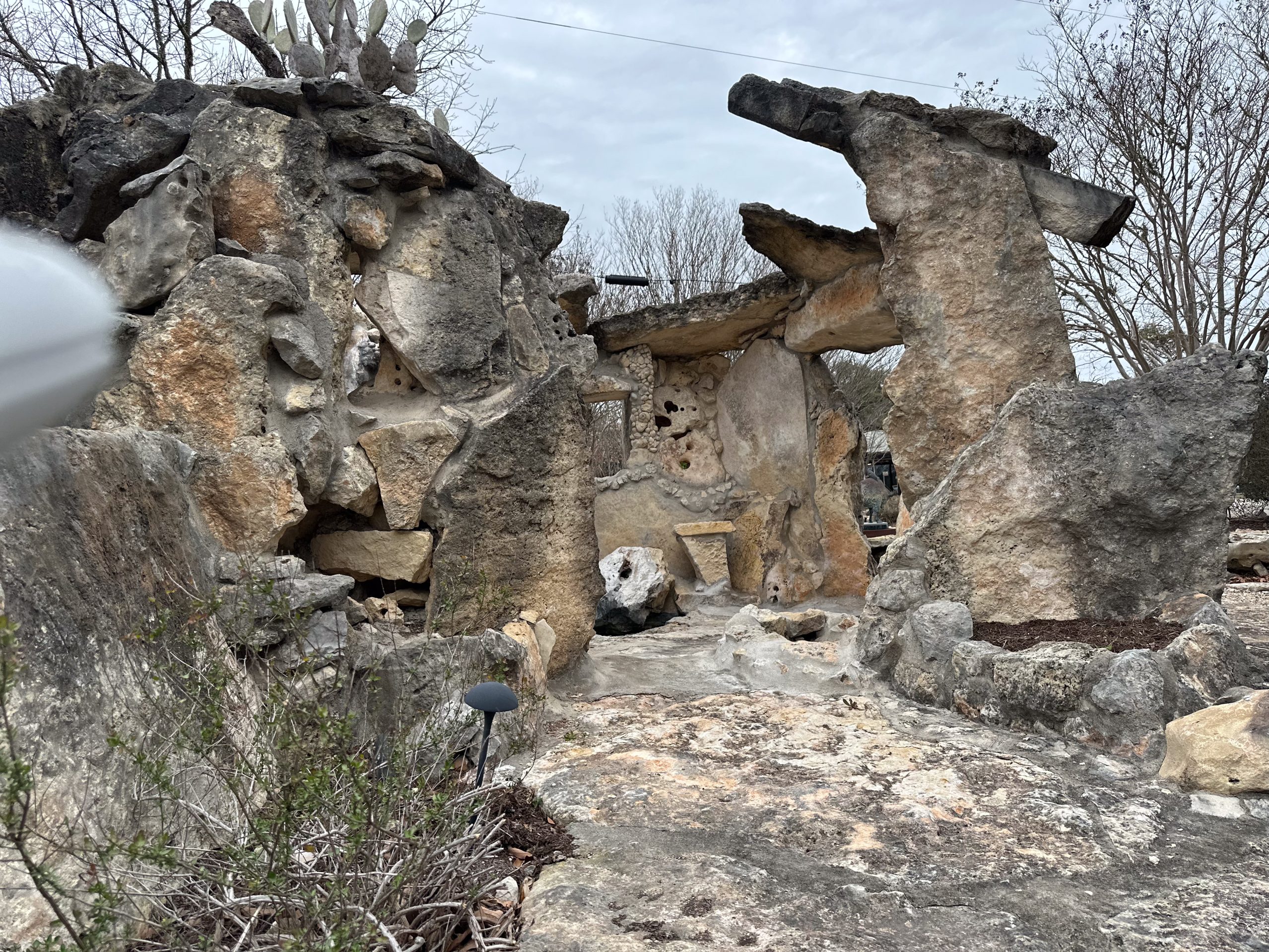
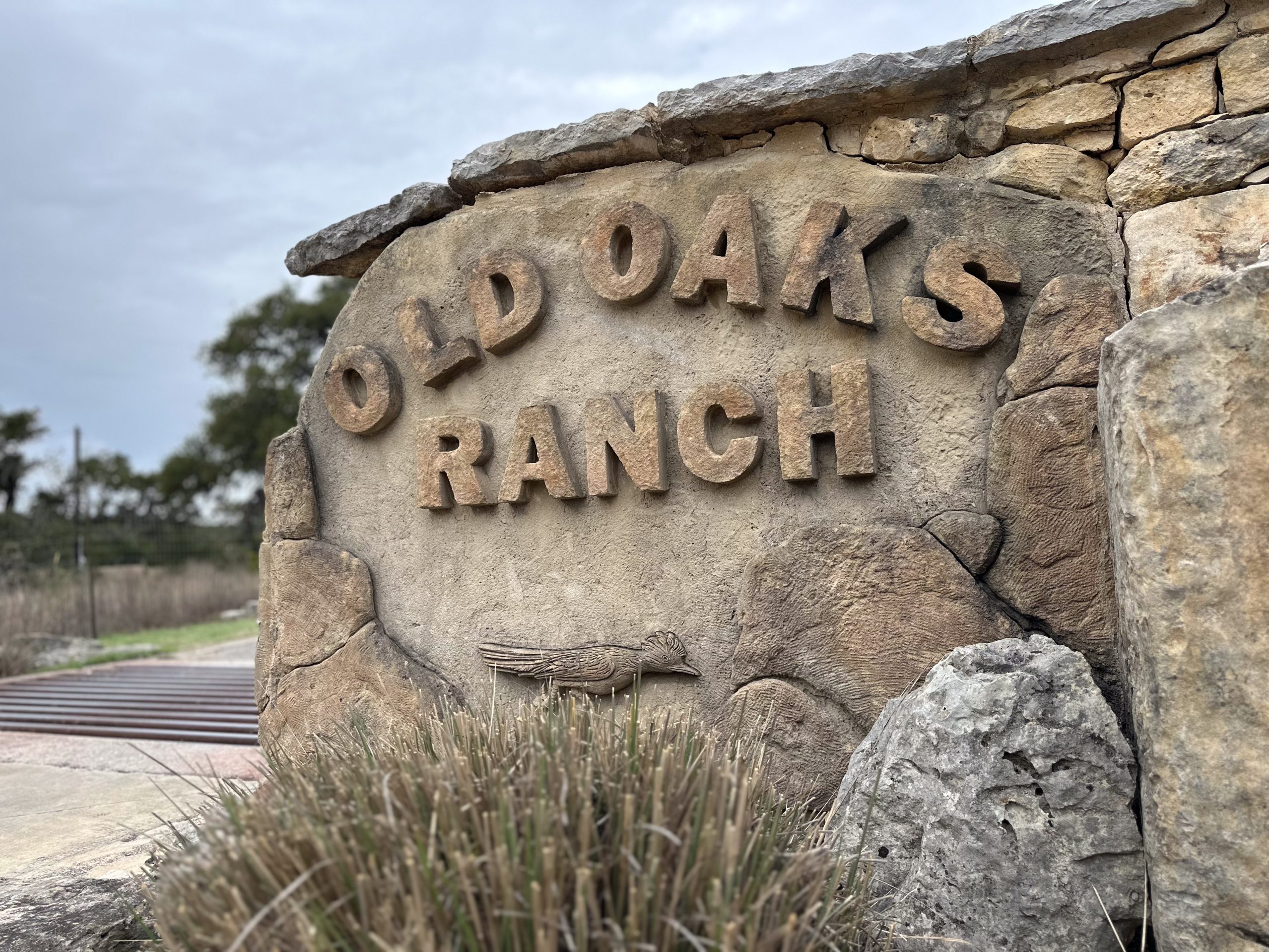
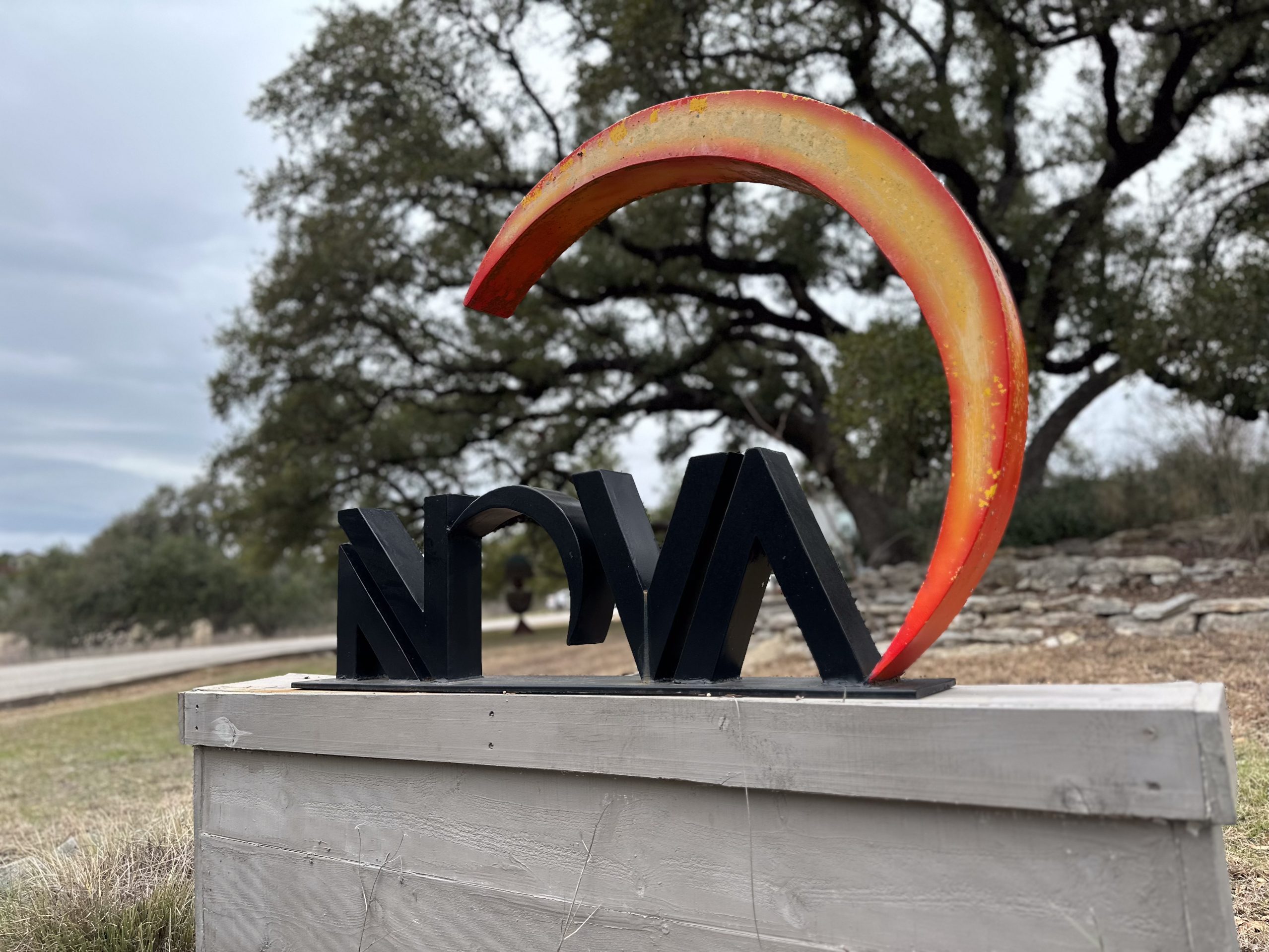
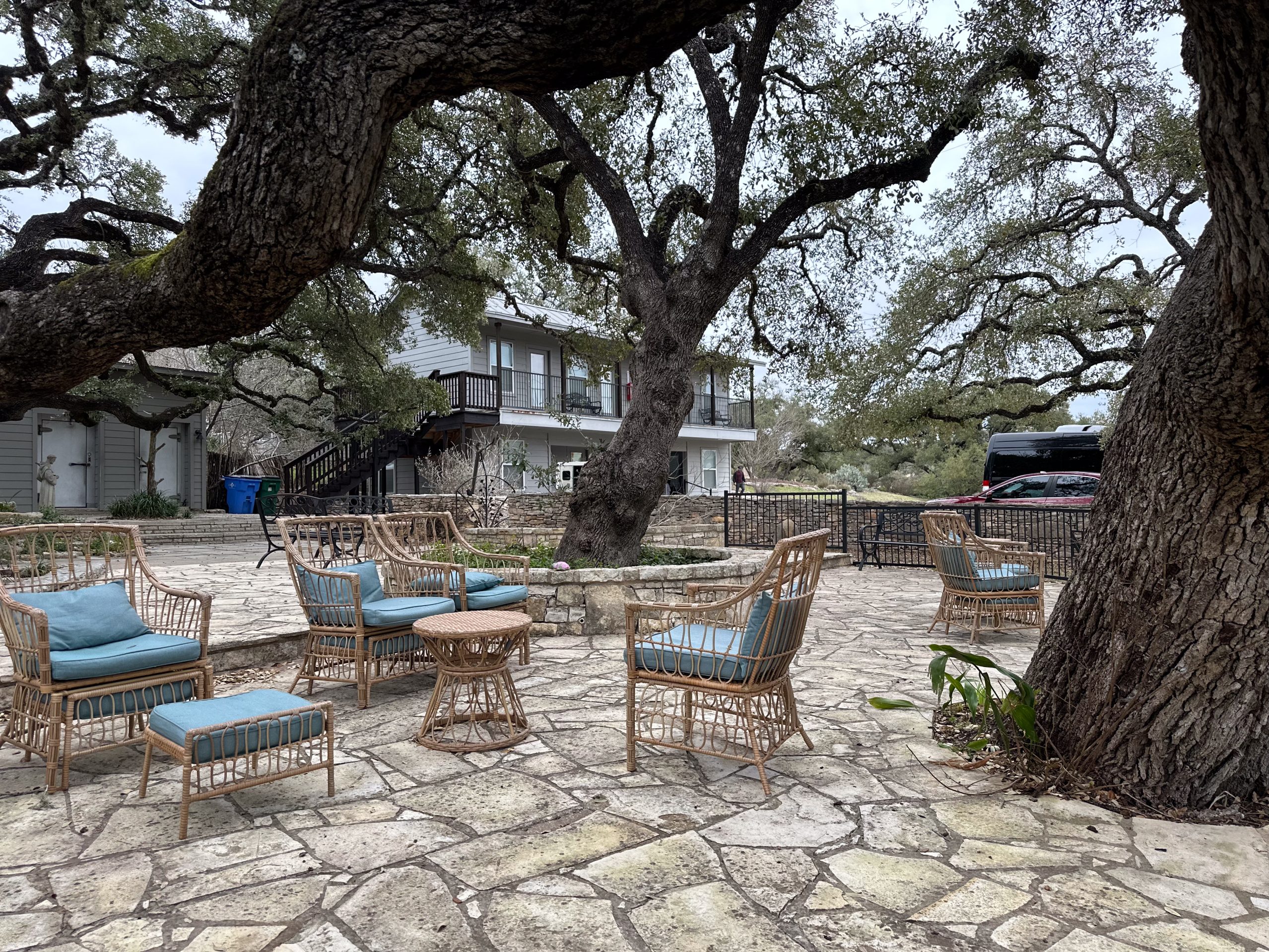
What Are Alcohol Cravings?
Alcohol cravings are strong urges or desires to drink alcohol, often paired with emotional or physical discomfort. They’re more than just a casual thought like “I could have a drink right now.” Instead, alcohol cravings may feel overpowering and difficult to ignore – as if your body and mind are trying to pull you back into old habits.
Cravings are normal for anyone who is going through detox or trying to maintain recovery from alcohol use disorder (AUD). Understanding them is the first step toward breaking free from their hold.
Why Do Alcohol Cravings Happen?
When you drink alcohol regularly, your brain starts to rely on it to release feel-good chemicals like dopamine. Over time, your body builds a tolerance and becomes dependent on alcohol. When you stop drinking, your brain and body have to readjust to functioning without it. This sense of imbalance is what often causes alcohol cravings.
Triggers like stress, certain people or environments, and even strong emotions can intensify the urge to drink. Cravings are often strongest in early recovery but can show up months or even years after quitting — especially during times of stress or pain.
Stats to know:
- According to the National Institute on Alcohol Abuse and Alcoholism (NIAAA), over 14.5 million adults in the U.S. struggle with alcohol use disorder.
- Studies show that 66% of people in recovery experience alcohol cravings during the first year of sobriety.
Freedom Starts Here. Take Back Your Life Today.
Same-Day Admissions in Austin Available.
Signs and Triggers of Alcohol Cravings
Recognizing your triggers and early warning signs makes it easier to prevent a relapse. Here are some common ones to be aware of:
Emotional Triggers:
- Anxiety
- Depression
- Loneliness
- Boredom
- Anger
Physical Triggers:
- Fatigue
- Hunger
- Pain
- Being in places where you used to drink
Social Triggers:
- Hanging out with old drinking friends
- Attending parties or celebrations
- Seeing alcohol-related ads or movies
Mental Triggers:
- Glamorizing past drinking experiences
- Feeling like you “deserve” a drink
- Negative self-talk
Think of your brain during recovery like a GPS system recalculating a route — it might still suggest that old detour from time to time, but you can steer it back on track with the right support and strategies.
How to Cope With and Control Alcohol Cravings
Cravings may not go away overnight, but they can be managed and reduced over time. It’s important to use practical techniques that work best for you. Here are proven ways to manage alcohol cravings:
1. Urge Surfing
This mindfulness strategy teaches you to “ride out” the craving like a wave. Instead of fighting the feeling, you accept that it’s there, knowing it will pass.
2. Distraction and Redirection
Stay busy and keep your mind engaged. Call a friend, go for a walk, listen to a podcast, or do some physical exercise to shift your focus.
3. Stay Hydrated and Nourished
Hunger and dehydration can mimic alcohol cravings. Eat balanced meals and drink plenty of water to avoid added stress on your body.
4. Use a Craving Journal
Write down when and why you feel cravings. This helps you recognize patterns and develop better coping strategies.
5. Practice Deep Breathing or Meditation
These techniques help calm the nervous system and reduce anxiety, making cravings easier to handle.
6. Avoid Known Triggers
Stay away from environments or situations that encourage drinking, especially in early recovery.
Other Outpatient Drug and Alcohol Rehab Locations
Alcohol Cravings During Detox and Recovery
During the detox process, physical and psychological alcohol cravings can peak. This is when medical supervision becomes essential. A supervised detox from alcohol ensures safety and comfort while managing withdrawal symptoms. Post-detox, cravings may still occur, but programs like behavioral therapy for alcohol addiction and cognitive behavioral therapy (CBT) can provide valuable coping mechanisms.
In early recovery, it’s helpful to establish structure and routine. Involvement in support groups for alcohol addiction also provides community and accountability, which significantly lowers the risk of relapse.
Long-Term Support to Prevent Relapse
Relapse prevention is a key focus for maintaining long-term sobriety. It’s important to build a sober lifestyle supported by healthy routines, peer support, and ongoing professional guidance. Long-term strategies include:
- Regular therapy or counseling sessions
- Healthy lifestyle choices (exercise, sleep, nutrition)
- Establishing sobriety-supportive friendships
- Continuing education or career-building opportunities
Recovery is not a one-time event — it’s an evolving process. Learning to recognize your craving patterns and proactively address life stressors is crucial.
How Nova Recovery Center Can Help You
At Nova Recovery Center, we approach addiction recovery with a comprehensive plan tailored to your unique needs. Our programs include medically supervised detox, inpatient and outpatient treatments, relapse prevention training, and long-term sobriety support.
Our team uses proven practices like behavioral therapy, cognitive behavioral therapy, and personalized wellness plans aimed at reducing the urge to drink alcohol and managing cravings naturally. Whether you’re just starting your journey or have had setbacks along the way, we’re here to help you build a meaningful, sober life.
FAQs About Alcohol Cravings
How long do alcohol cravings last?
Cravings vary based on individual factors like length of alcohol use, physical health, and psychological triggers. They tend to be most intense in the first few weeks post-detox and often diminish over time with the right support.
Can you fully stop cravings?
While cravings may never disappear completely, their intensity and frequency can decrease. Behavioral strategies and professional help make them manageable.
Is it normal to crave alcohol years after quitting?
Yes, cravings can return unexpectedly, even after years of sobriety — often triggered by stress or emotional trauma. Having a long-term relapse prevention plan is essential.
How do I know if I need help?
If cravings feel out of control or you’ve relapsed, it’s time to reach out. An addiction recovery center like Nova Recovery can offer the guidance and tools you need.
Take the First Step Toward Freedom
You don’t have to face alcohol cravings alone. Whether you’re struggling with urges in early detox or trying to stay on track after treatment, help is available. Contact our team at Nova Recovery Center today or call (888) 427-4932 to speak with one of our admissions coordinators. Personalized addiction treatment and long-term sobriety support are just a click or call away.
